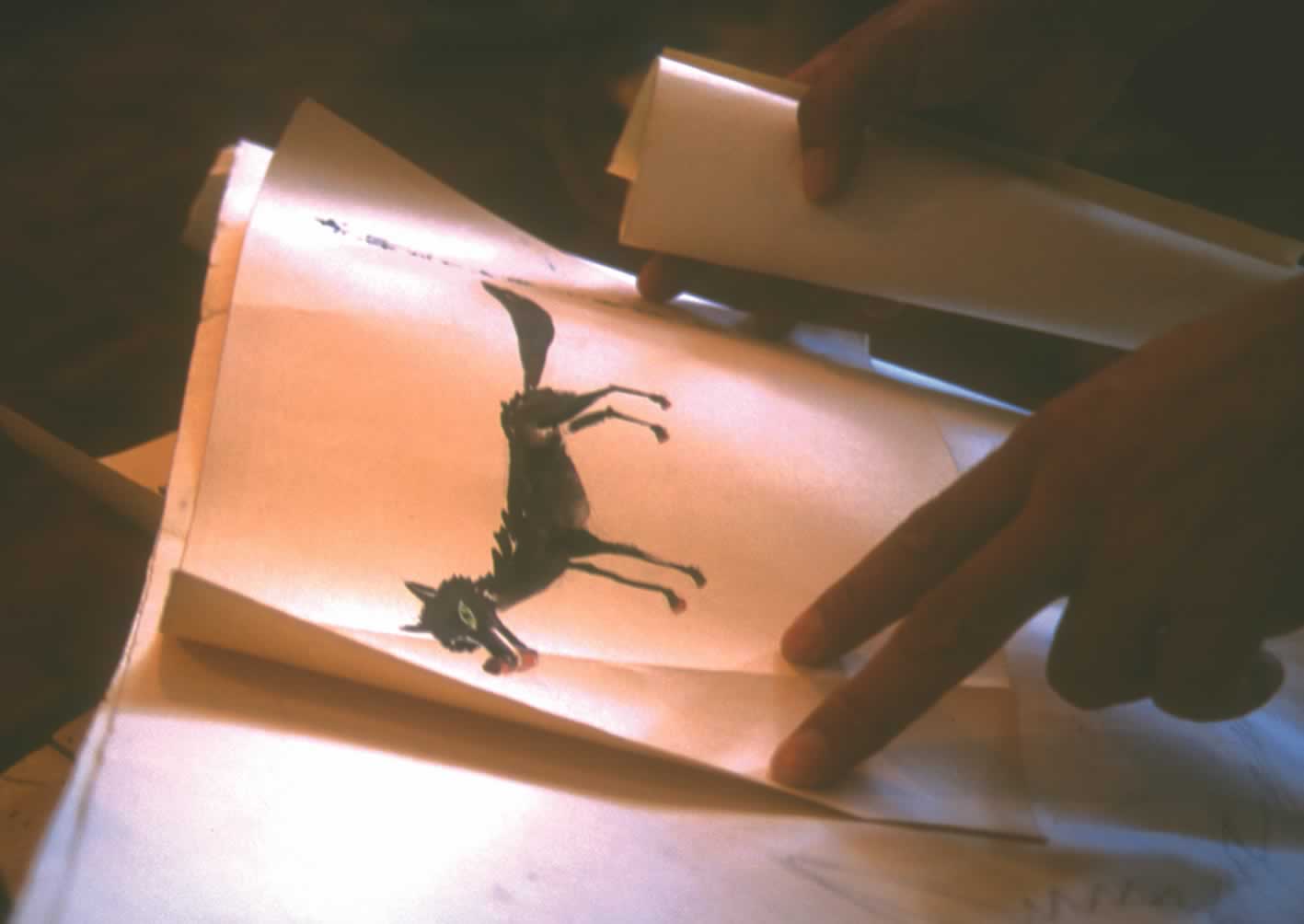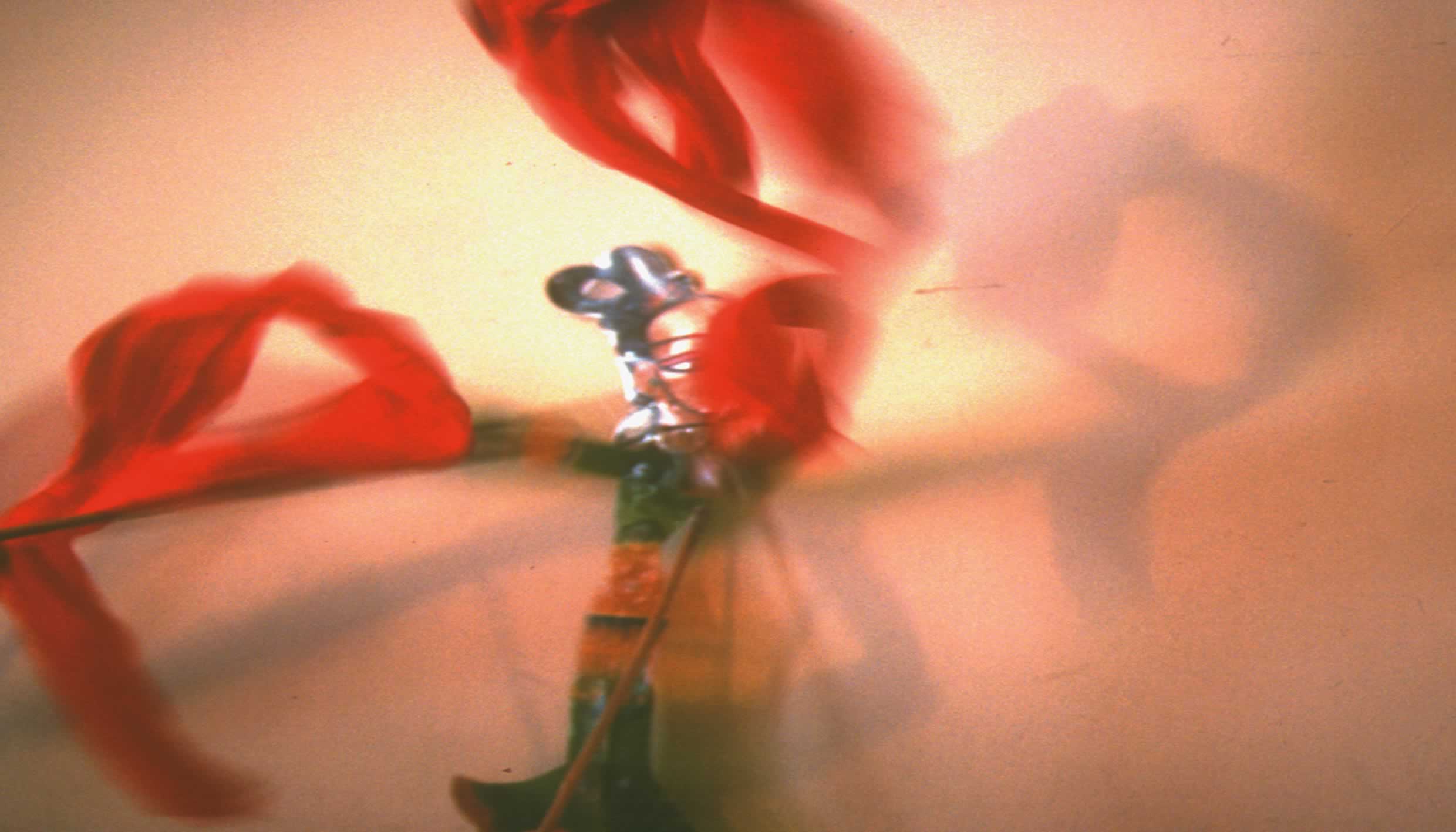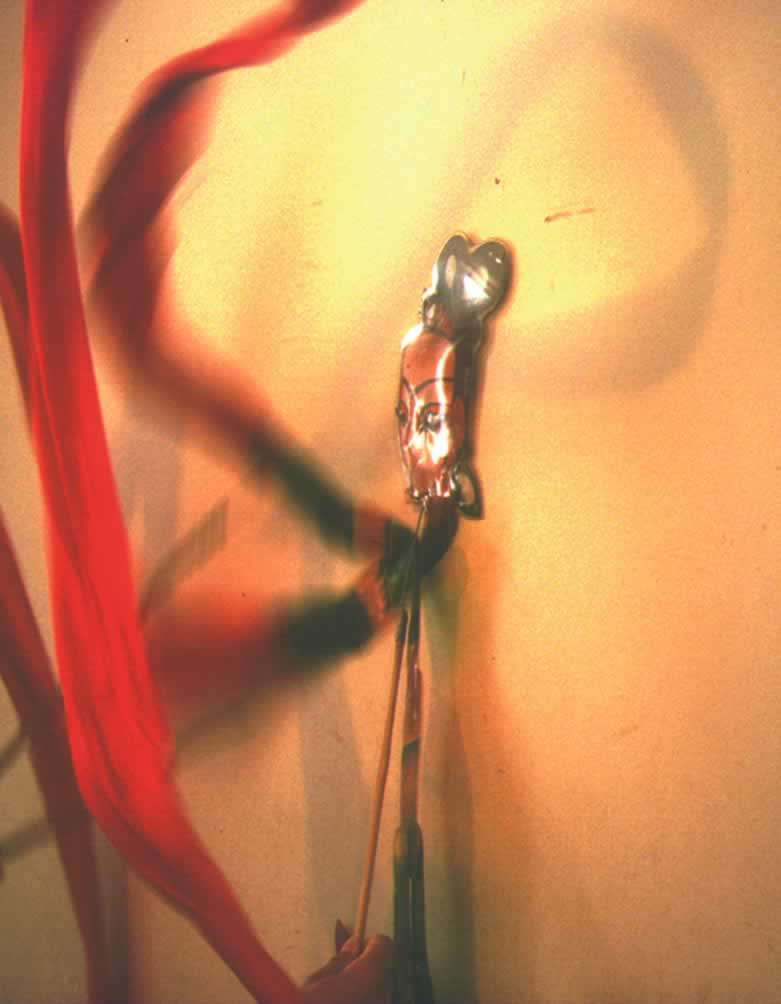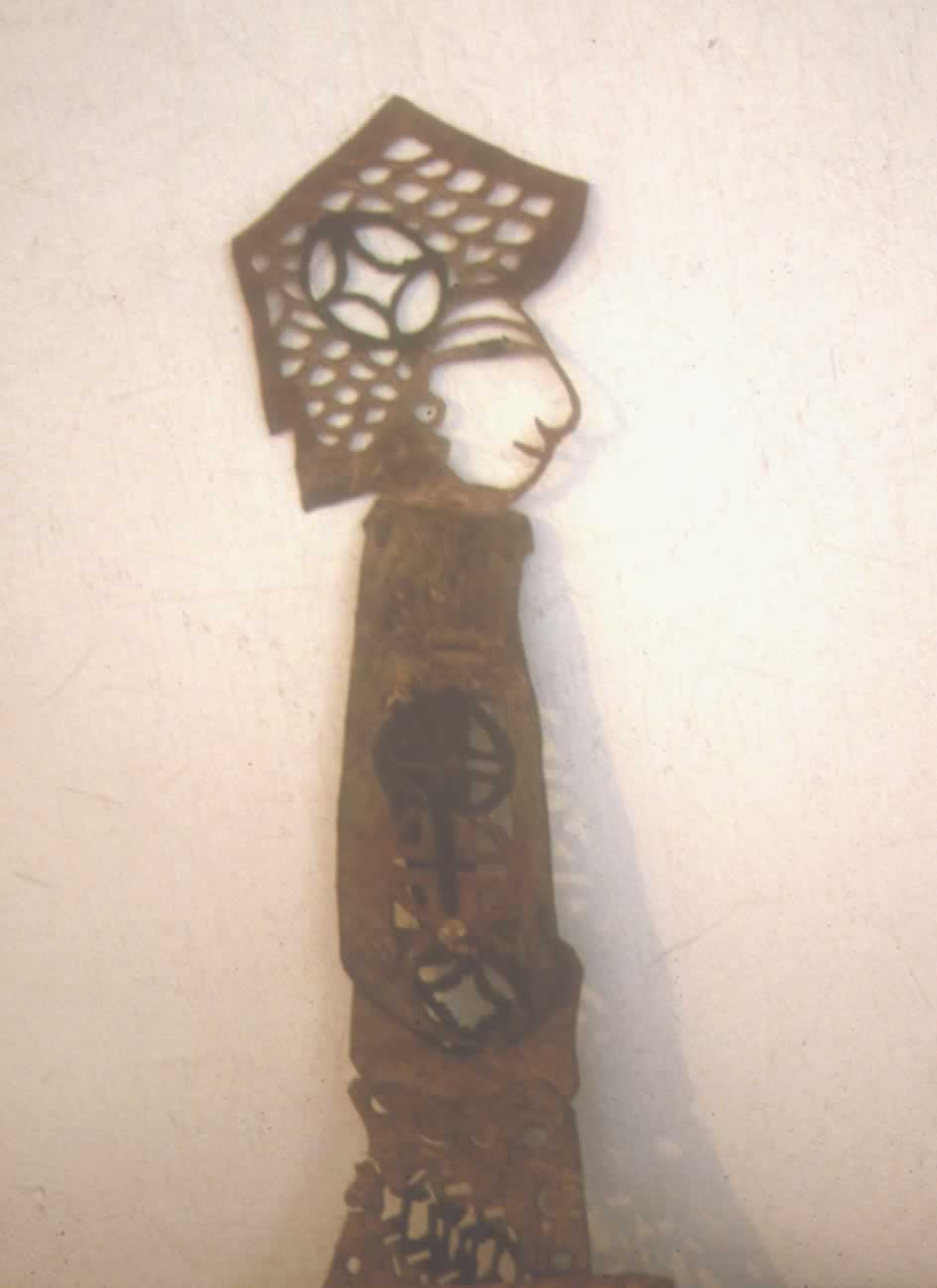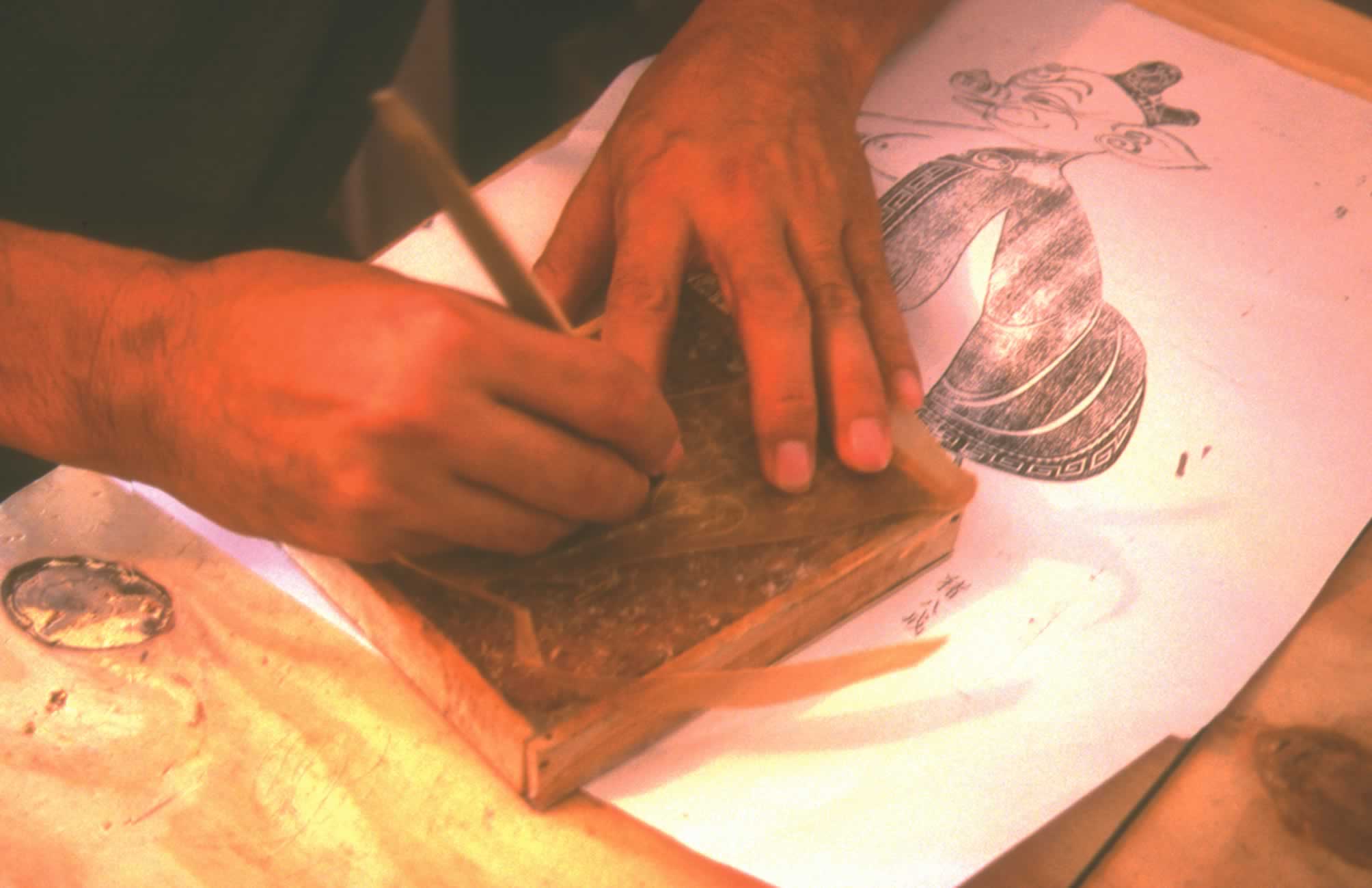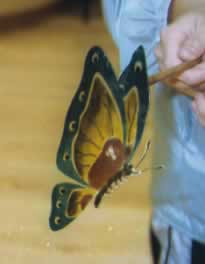.jpg)
Shadow puppetryGiving life to shadows
Photos & text by Ada Shum, Carrie Fung & Heidi Cheung
Shadow puppetry is possibly the earliest form of Chinese opera. According to legend, a magician first used it to
deceive a Han Dynasty emperor.
In the Han Dynasty, an emperor was very depressed after the death of his favorite princess. A magician came to
him and claimed that he could resurrect her.
He then cut a piece of water buffalo skin in the shape of the princess’ silhouette and placed it behind an illuminated sheet.
When the emperor saw what he thought was his lover’s silhouette, he believed that his princess had been resurrected.
A shadow puppet show is done by placing puppets in front of a light source so their shadows fall onto a screen. The
puppeteers hide behind the screen and control the movements of the puppets. They speak and sing the puppets’ lines.
Historically there have been two main schools of shadow puppetry, namely the Northern and the Southern Schools.
Because puppets were entertainment mainly for wealthy families in the north, puppets of the Northern School were more
elaborate. They were made of the softest and thinnest water buffalo skins and the carving was much finer. In contrast, in the
south, where shadow puppetry was a popular entertainment among ordinary people, puppets were much larger and less
refined.
Puppeteers usually draw a picture before they start making a puppet. (Carrie Fung)
A puppet dancing in the hand of a sophisticated puppeteer. (Heidi Cheung)
Above: A Qing Dynasty puppet.
Below: Puppetteer uses engraving tools to carve water buffalo skin.
It takes three to four days to make a puppet, depending on the details.
 Water buffalo skin should be thin enough to give the puppets transparency.Heidi Cheung
Water buffalo skin should be thin enough to give the puppets transparency.Heidi CheungEngraving knives and paints used in puppet-making.
